Supercars are the rockstars of the automotive world. They strut onto the scene with an audacious blend of speed, style, and engineering prowess, often leaving the masses in awe. But not all supercars are created equal. Some have truly shattered the conventions, setting new benchmarks for design and technology. Here, we celebrate 10 supercars that have dared to be different.
Lamborghini Miura (1966)

When the Lamborghini Miura hit the streets in 1966, it was like a neon sign in a black-and-white world. With its rear-mid engine layout and flowing almost organic lines, the Miura didn’t just break the mold—it obliterated it. Designed by the legendary Marcello Gandini, this supercar laid the blueprint for future generations of high-performance vehicles. Its 3.9-liter V12 engine, nestled snugly behind the driver, delivered both speed and an intoxicating symphony of mechanical music.
Ferrari F40 (1987)
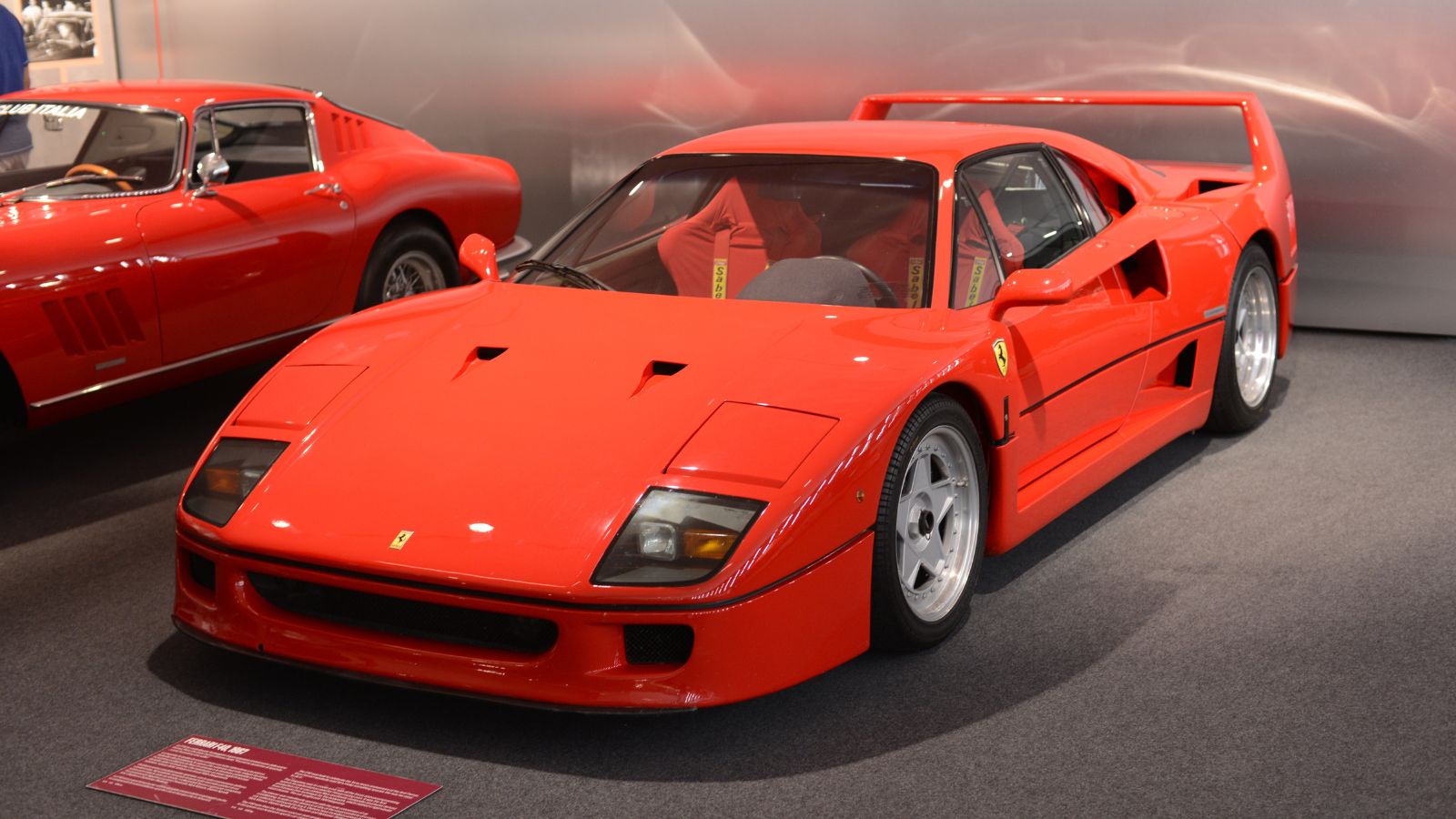
The Ferrari F40 wasn’t just a car; it was a statement. Celebrating Ferrari’s 40th anniversary, it was the last model approved by Enzo Ferrari himself. This beast was as raw as they come, shedding the luxuries to focus on performance. Its twin-turbocharged V8 engine roared with 471 horsepower, and its lightweight construction (thanks to the liberal use of carbon fiber) ensured it could hit 201 mph. With its aggressive aerodynamics and striking design, the F40 looked as fast as it felt, permanently etching itself into the annals of automotive legend.
McLaren F1 (1992)
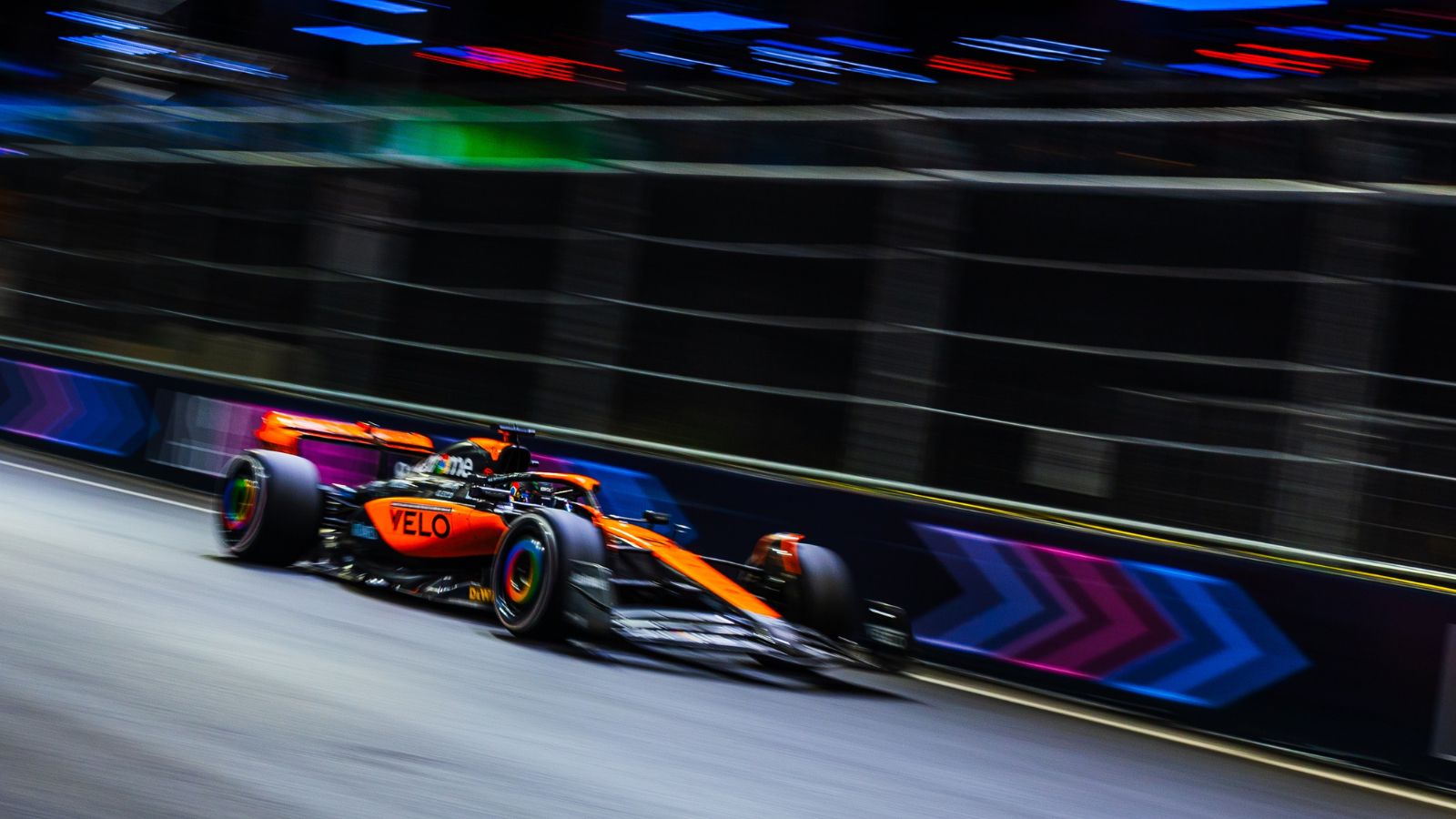
The McLaren F1 wasn’t just ahead of its time; it seemed to come from another planet. Designed by Gordon Murray, this supercar featured a centrally placed driver’s seat flanked by two passenger seats, providing a unique, cockpit-like experience. The F1’s 6.1-liter BMW V12 engine pumped out 618 horsepower, allowing it to claim the title of the world’s fastest production car, reaching 240 mph. Using exotic materials like titanium, gold (for heat shielding), and carbon fiber made it as much a technological marvel as a speed demon.
Bugatti Veyron (2005)
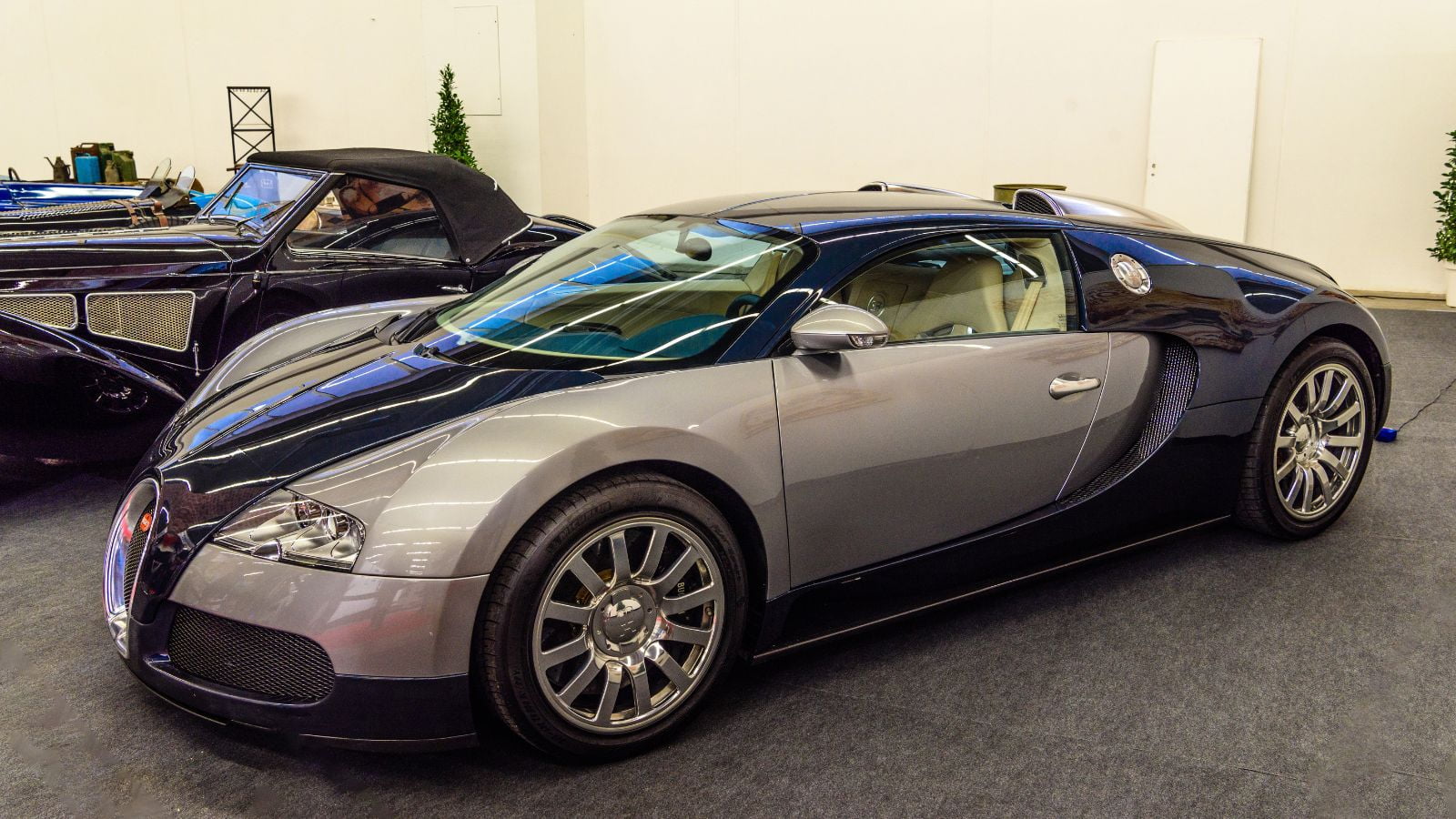
The Bugatti Veyron redefined what it meant to be a supercar. Launched in 2005, it came with a jaw-dropping 8.0-liter quad-turbocharged W16 engine that churned out an astonishing 1,001 horsepower. This behemoth could sprint to 60 mph in just 2.5 seconds and reach a top speed of 253 mph. But it wasn’t just about brute force; the Veyron’s luxurious interior and cutting-edge technology made it a supercar that was as refined as it was powerful. Its design, with the signature Bugatti horseshoe grille and smooth, flowing lines, ensured it looked like a work of art on wheels.
Porsche 959 (1986)
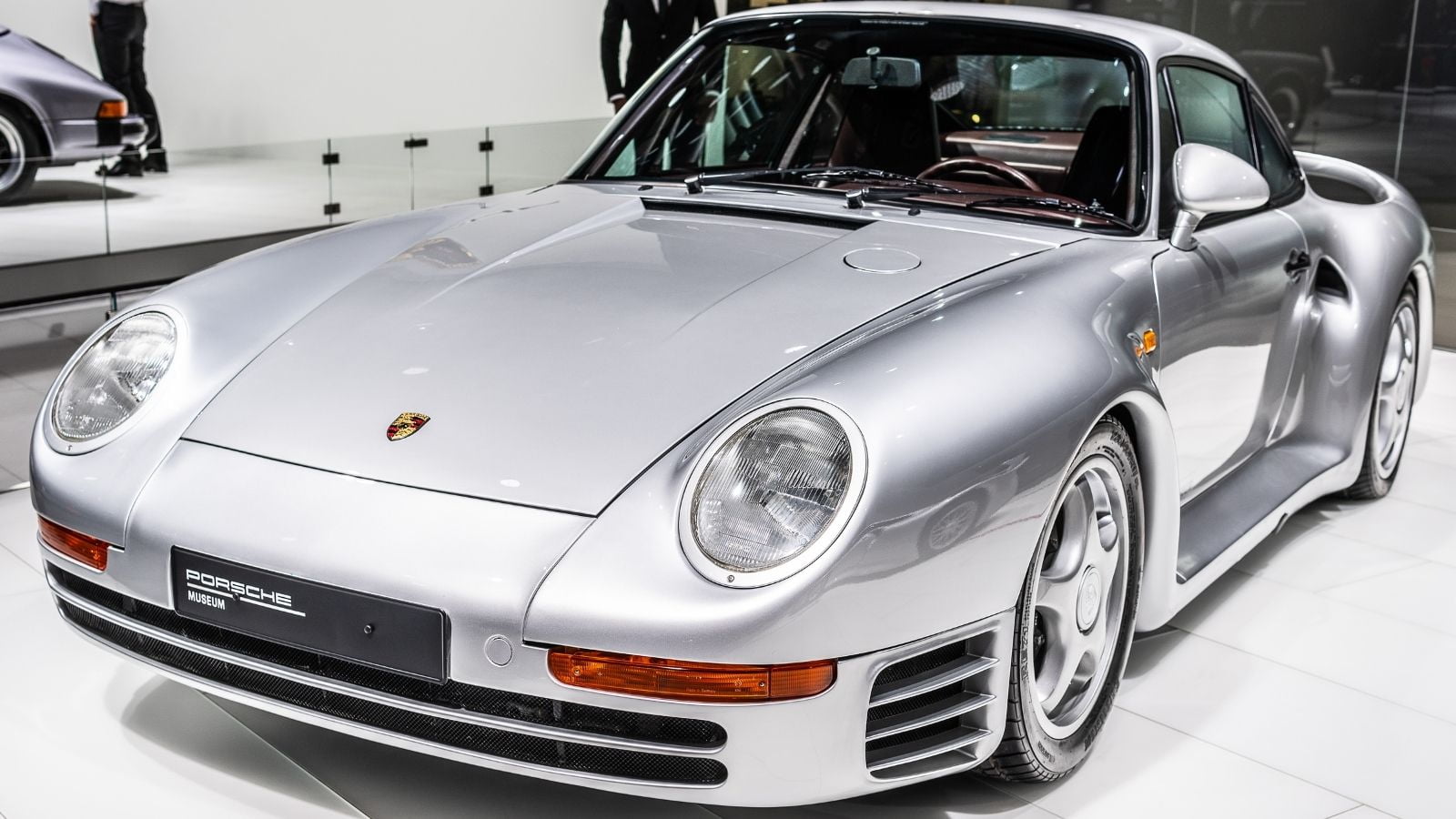
The Porsche 959 was a technological tour de force. Conceived as a Group B rally car, it became the fastest street-legal production car upon its release. Its twin-turbocharged flat-six engine produced 450 horsepower, and it featured advanced all-wheel drive, an active suspension system, and an aerodynamically optimized body. The 959’s performance was groundbreaking, with a top speed of 197 mph and a 0-60 mph time of 3.6 seconds. Its influence on future Porsche models and the supercar segment at large cannot be overstated.
Aston Martin One-77 (2009)
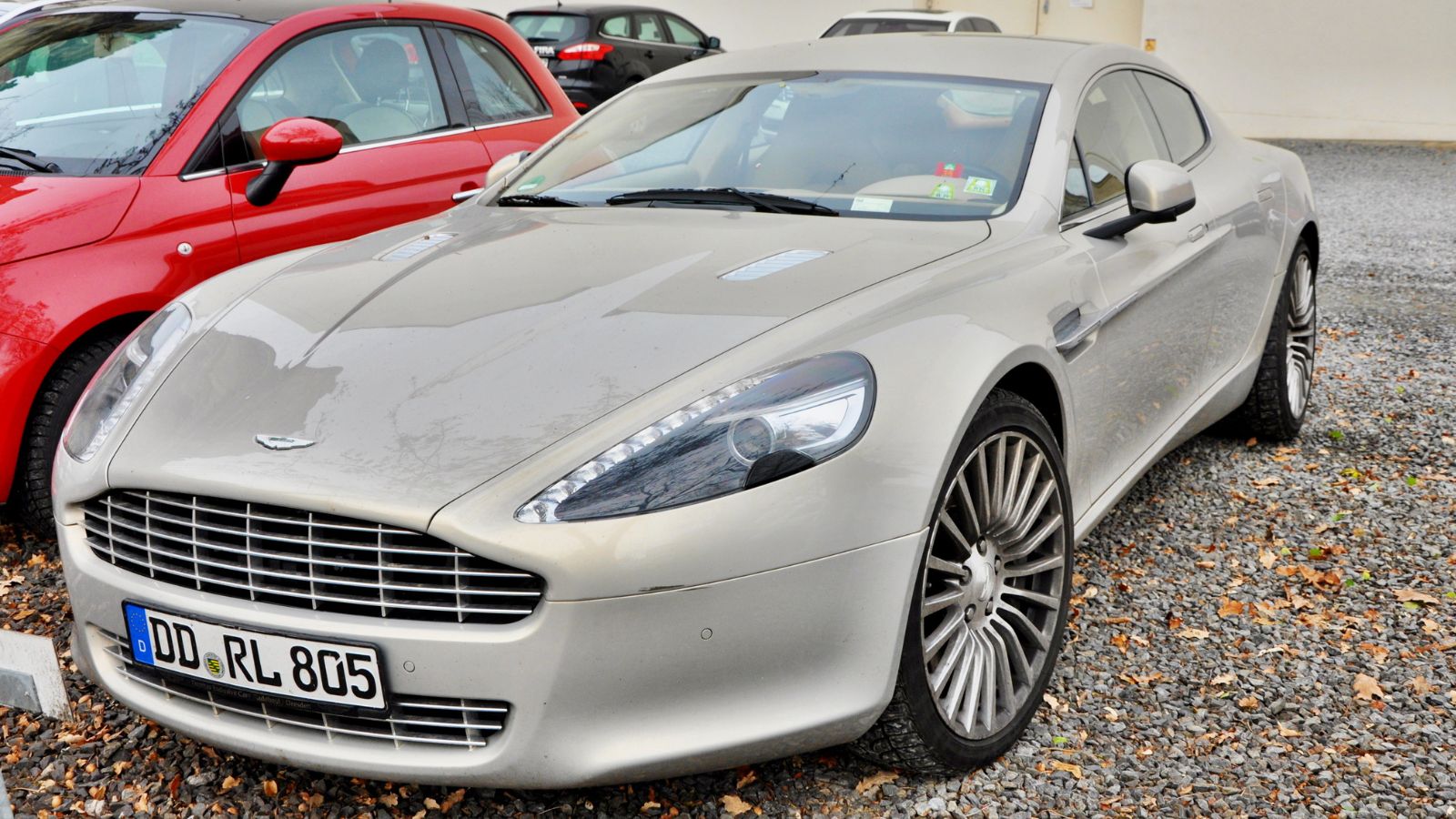
The Aston Martin One-77 was more than just a car; it was a sculpture on wheels. Limited to just 77 units, this supercar boasted a 7.3-liter V12 engine delivering 750 horsepower, making it the most powerful naturally aspirated production car at its debut. The One-77’s design was a harmonious blend of elegance and aggression, with sweeping lines and a muscular stance. Its lightweight carbon fiber monocoque and aluminum body panels showcased Aston Martin’s dedication to advanced engineering and craftsmanship.
Pagani Zonda C12 (1999)
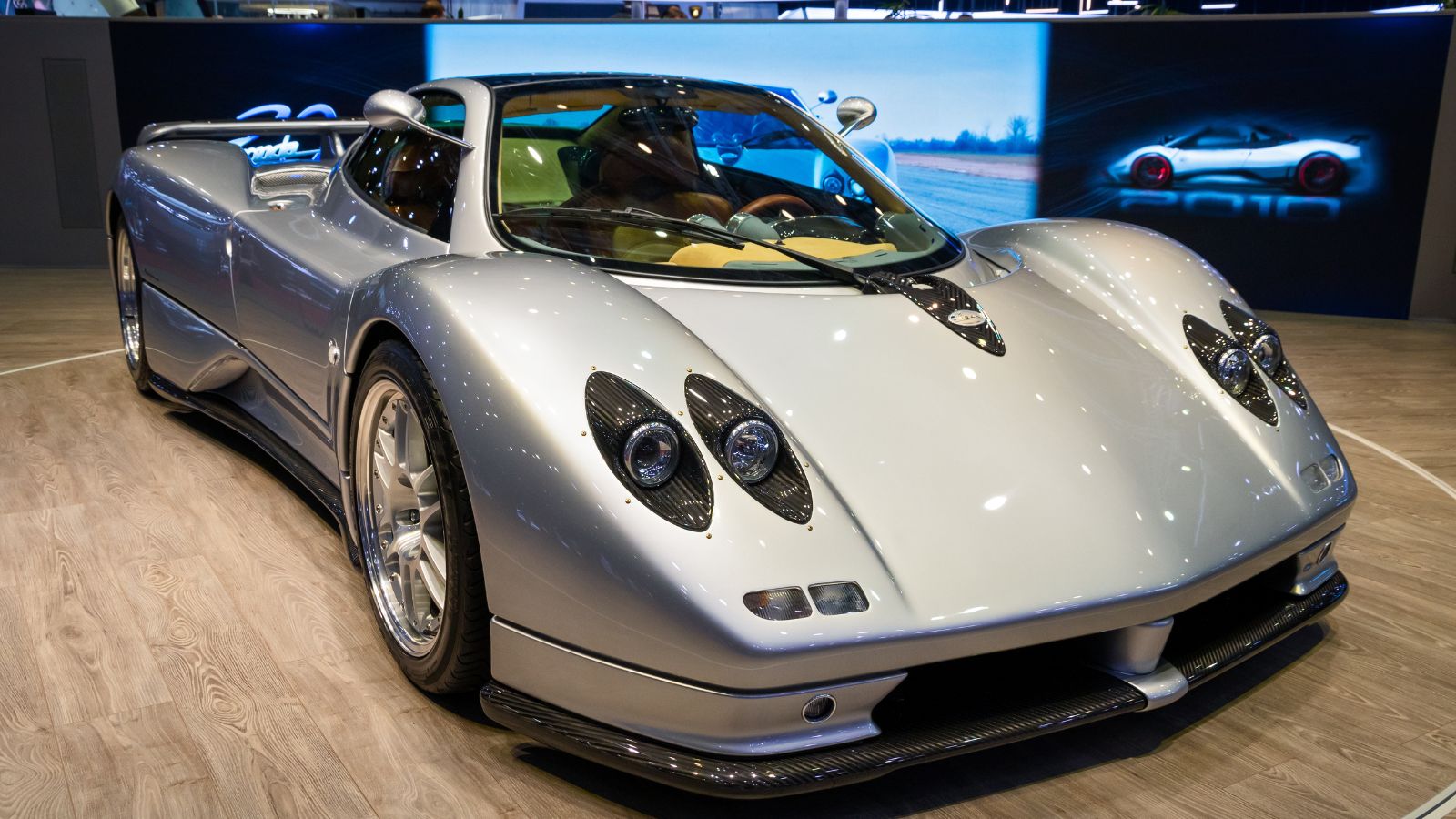
The Pagani Zonda C12 arrived like a thunderbolt in the late 1990s, capturing the automotive world’s imagination with its futuristic design and meticulous attention to detail. The car marked the debut of Horacio Pagani’s visionary supercar. Powered by a 6.0-liter Mercedes-Benz M120 V12 engine, the Zonda C12 generated 394 horsepower and 420 lb.-ft of torque, allowing it to sprint from 0 to 60 mph in 4.2 seconds and reach a top speed of 185 mph. Its lightweight carbon fiber body, a signature of Pagani’s design philosophy, reduced weight and provided exceptional rigidity. Horacio Pagani’s creation wasn’t just a supercar; it was a rolling work of art that pushed the boundaries of design and performance.
Koenigsegg CC8S (2002)
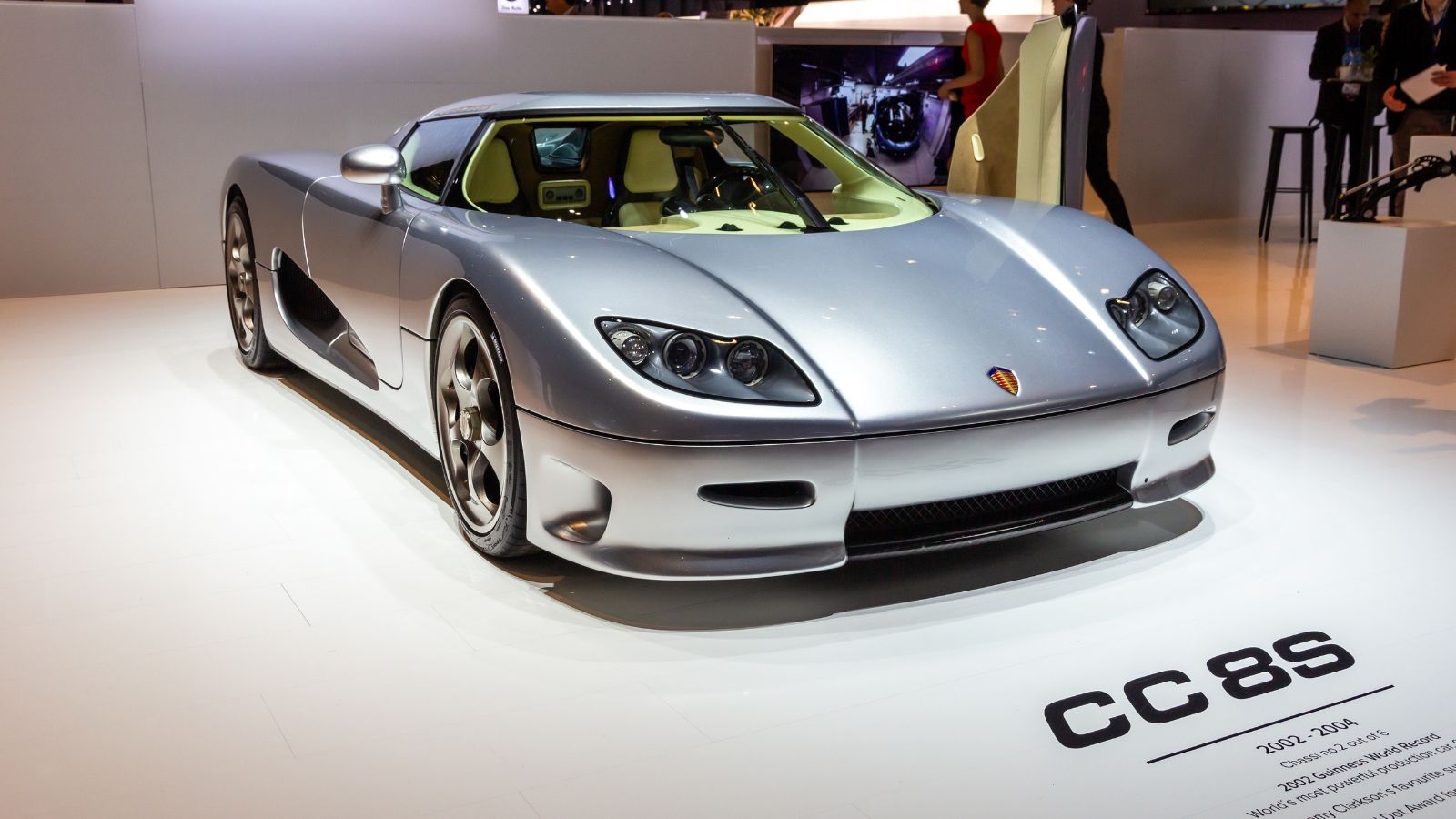
The Koenigsegg CC8S was the Swedish automaker’s bold entry into the supercar arena. Its innovative engineering set the CC8S apart, including a lightweight carbon fiber monocoque chassis and the distinctive dihedral synchro-helix door system, which opened in a unique rotating motion. The car’s aerodynamic design featured sleek lines and a minimalistic yet aggressive stance, ensuring aesthetic appeal and high-speed stability. Limited to only six units, the CC8S combined exclusivity with groundbreaking technology, establishing Koenigsegg as a formidable player in the hypercar market and paving the way for future models that would push the boundaries of performance and design even further.
Lexus LFA (2010)

The Lexus LFA was a revelation from a brand more known for luxury sedans than high-performance supercars. Its 4.8-liter V10 engine, developed in collaboration with Yamaha, produced a sonorous 552 horsepower and could rev to an astonishing 9,000 rpm. The LFA’s carbon fiber-reinforced polymer body ensured it was both lightweight and incredibly rigid. Its design, blending sharp edges with smooth curves, was as striking as it was functional. The LFA was a testament to Lexus’s engineering prowess and a bold statement of its capabilities.
DeLorean DMC-12 (1981)
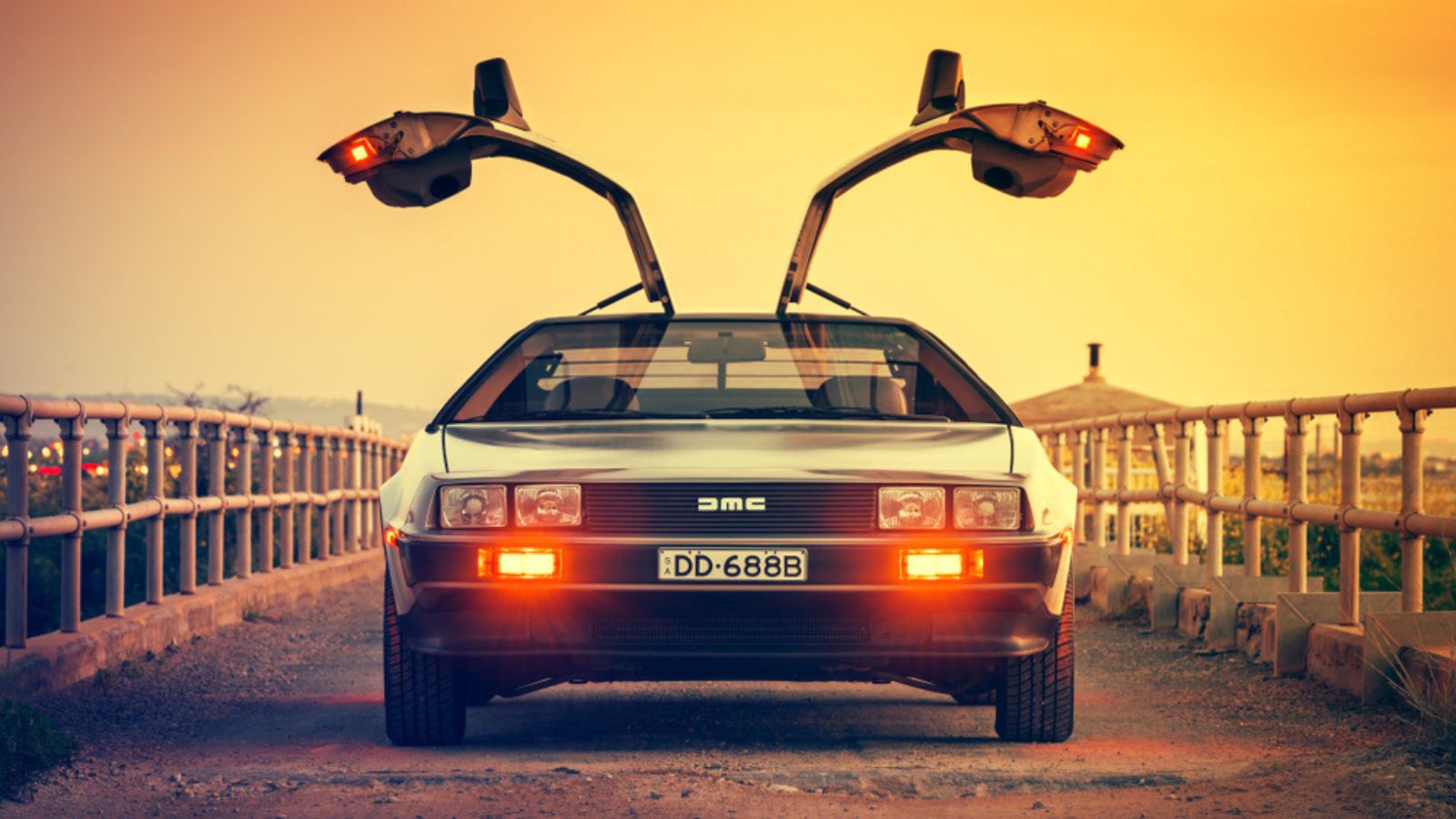
While not traditionally considered a supercar in terms of performance, the DeLorean DMC-12 broke the mold with its unique design and cultural impact. Its stainless-steel body and gull-wing doors made it instantly recognizable. Though its 2.85-liter V6 engine only produced 130 horsepower, the DMC-12’s appearance in the “Back to the Future” film series cemented its status as an automotive icon. The DeLorean’s innovative design and pop culture significance continue to make it a standout in the annals of automotive history.
11 Cars that are Known for Breaking Down Regularly

No car company wants to deliver a dud. However, even though companies try their best to deliver excellent cars, some cars turn out to be lemons, breaking down frequently. This creates problems for both the consumer and the manufacturer.
11 Cars that are Known for Breaking Down Regularly
